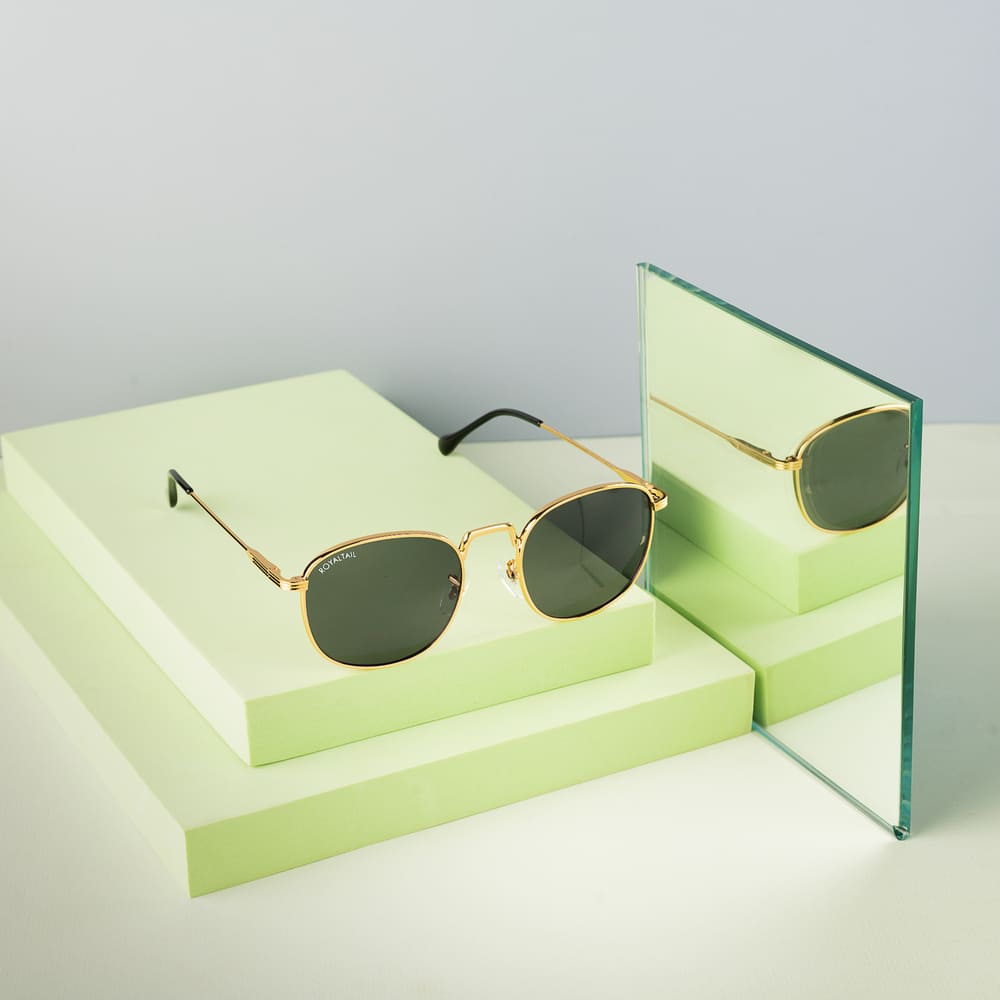
Introduction:
Choosing the right sunglasses for driving is essential for ensuring safety, comfort, and optimal visibility on the road. With numerous options available, selecting the best pair can be challenging. In this article, we'll explore the key factors to consider when choosing sunglasses for driving and highlight some top picks that offer superior performance behind the wheel.
-
Polarized Lenses: When it comes to driving, polarized sunglasses are highly recommended. Polarized lenses contain a special filter that blocks horizontally polarized light waves, such as glare reflected off the road, water, or other vehicles. By reducing glare, polarized sunglasses enhance visibility and contrast, making it easier to see objects on the road and reducing eye strain. This feature is particularly beneficial when driving in bright sunlight or on wet roads, where glare can be intense and distracting.
-
UV Protection: Opting for sunglasses with UV protection is crucial for safeguarding your eyes from harmful ultraviolet (UV) rays. Prolonged exposure to UV radiation can cause eye damage and increase the risk of conditions such as cataracts and macular degeneration. Look for sunglasses that offer 100% UV protection to ensure that your eyes are adequately shielded from UV rays while driving. UV protection is especially important for long drives or when driving in areas with high UV exposure, such as at higher altitudes or near water.
-
Wraparound Frames: Sunglasses with wraparound frames provide excellent coverage and protection for the eyes while driving. These frames curve around the face, extending beyond the temples to block sunlight and wind from entering the eyes from the sides. Wraparound sunglasses offer comprehensive protection against UV rays, glare, and debris, ensuring clear vision and comfort on the road. Additionally, wraparound frames help to minimize distractions and peripheral glare, allowing you to focus on the task of driving safely.
-
Lens Tint: The tint of the lenses can significantly impact visibility and comfort while driving. While dark lenses are often preferred for bright conditions, they may not be suitable for all driving environments. For driving, neutral tint lenses are generally recommended as they provide true color perception and maintain visibility in varying lighting conditions. Gray, brown, or green tint lenses are popular choices for driving as they offer good contrast and minimize color distortion. Avoid lenses with overly dark tints, as they may reduce visibility in low-light conditions or at night.
-
Anti-Reflective Coating: Sunglasses with anti-reflective (AR) coatings help to minimize glare and reflections from the lenses, improving visual clarity and reducing eye strain. AR coatings are particularly beneficial when driving at night or in low-light conditions, as they reduce glare from headlights, streetlights, and other sources of ambient light. Additionally, AR coatings can enhance the appearance of the lenses by eliminating distracting reflections, allowing for better visibility and safety on the road.
-
Comfort and Fit: Comfort is paramount when selecting sunglasses for driving, as you'll likely be wearing them for extended periods behind the wheel. Look for sunglasses with lightweight frames and adjustable nose pads or temple tips for a customized fit. Ensure that the sunglasses sit comfortably on your face without slipping or pinching, and that they provide adequate coverage without obstructing your field of vision. Comfortable sunglasses allow you to stay focused and alert while driving, reducing the risk of distractions or discomfort on the road.
-
Durability and Quality: Invest in high-quality sunglasses that are durable and built to last, especially if you spend a lot of time driving or traveling. Look for sunglasses made from sturdy materials such as polycarbonate or nylon, which offer excellent impact resistance and durability. Scratch-resistant coatings can help to maintain the integrity of the lenses, ensuring clear vision and optical performance over time. Additionally, choose sunglasses from reputable brands known for their quality craftsmanship and attention to detail.
Conclusion:
Selecting the best sunglasses for driving involves considering factors such as polarized lenses, UV protection, wraparound frames, lens tint, anti-reflective coatings, comfort, fit, durability, and quality. By prioritizing these features, you can ensure that your sunglasses enhance visibility, reduce glare, and provide optimal eye protection while driving. Whether you're navigating busy city streets or cruising down the open highway, the right pair of sunglasses can make all the difference in ensuring a safe, comfortable, and enjoyable driving experience.







